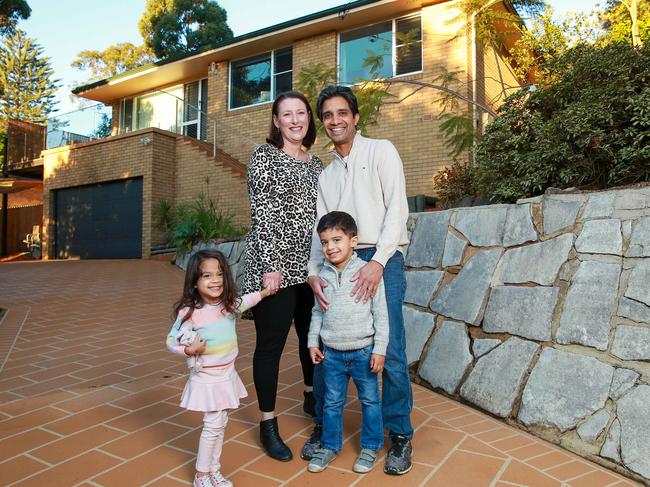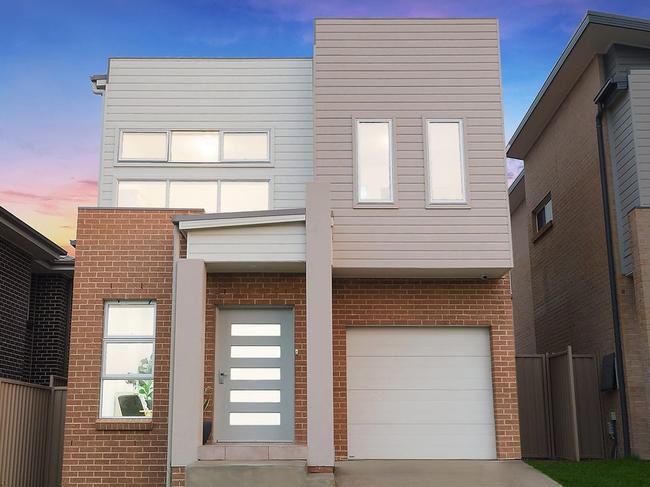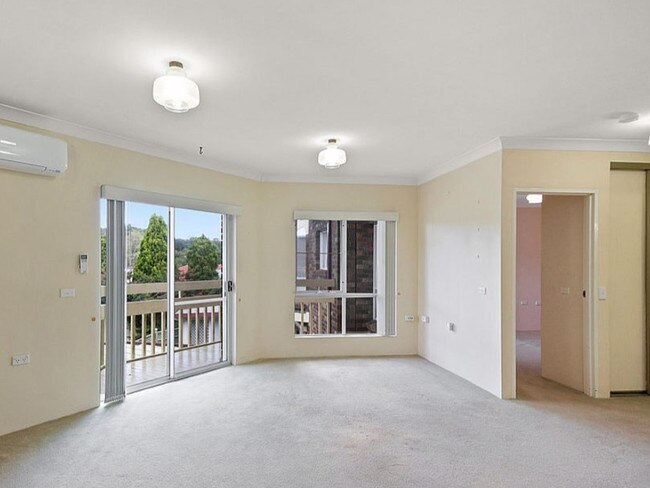What you can buy in Sydney: how much of the housing is affordable for each income group
New modelling has revealed how much of Sydney’s housing stock would be affordable for those on lower- and middle-incomes and where they have the best chance of getting a home.

It is no secret Sydney house prices are among the highest in the world but new modelling shows just how out of reach the Aussie dream of owning a home with a backyard has become.
The modelling of incomes and prices revealed 99.9 per cent of Sydney houses were unaffordable for a quarter of city residents because of price increases outstripping wage growth for decades.
Houses in more than 1000 suburbs – including once affordable western enclaves like Liverpool, Camden and Blacktown – are out of reach for the bottom 25 per cent of income earners.
MORE: How much average Aussie has in bank
Radio veteran Ray Hadley lists stunning Sydney acreage
Inside Karl Stefanovic’s new Sydney mansion
Middle-income earners, those on the 50th percentile for wages and earning about $100,000 a year, can only afford about a quarter of Sydney’s houses, according to a study by property group CoreLogic.
The majority of the suburbs that are attainable for middle-income earners are more than 40km west of the CBD or on the Central Coast, which was included in the study as a part of Greater Sydney.
Those on the 75th percentile for incomes, which would be about $172,000 a year before tax, would be unable to afford about 40 per cent of the Harbour City’s houses.
This was unless they were willing to spend more than a third of their gross income on mortgage costs – widely considered in the lending industry to be the mark of unaffordable mortgage repayments.
CoreLogic head of research Eliza Owen said most Sydney houses were only attainable for those who already owned properties and wanted to upsize or downsize.
“Income and savings alone are not enough anymore,” she said. “Unless you already have a property that has grown in value with the market it is nearly impossible to keep up.”

Sydney detached house prices have increased by about 11.2 per cent so far this year – at least five times the average rate of growth in incomes over recent years.
My Housing Market economist Andrew Wilson said most people buying a house in Sydney needed a “trade in” property to be able to afford the purchase.
This meant most first homebuyers were restricted to units, Mr Wilson said.
About 7 per cent of Sydney apartments were affordable for those on the 25 percentile of earners ($54,000 a year).
Meanwhile, 59 per cent were affordable for middle-income earners, according to CoreLogic.
Many of Sydney’s least accessible housing markets, out of reach for at least 75 per cent of the population, were once considered part of the city’s mortgage belt – a ring of suburbs about 20km from the CBD.

They included Hornsby and Asquith, on the upper north shore, Beacon Hill and Allambie Heights, on the northern beaches, and Kogarah in the St George area. In Allambie Heights, where prices increased by an average of 17.3 per cent over the past three months, local home seller Kevin Gunasekera said the change was easy to spot.
“When we first moved here no one had heard of it,” he said.
He said they would never be able to afford their large, four-bedroom house on Derna Crescent if they were purchasing today.
“There’s no way we’d afford the area and, even if we could, we would never get a house as nice as this.”
McGrath-Manly agent Tim Cullen said many of the current buyers in the market looking in the area were fresh off of house sales in pricier regions such as the eastern suburbs and had significant budgets.
“We’ve had people buying with at least $1.5 million sitting in the bank,” he said. “The suburb (price) record is getting broken all the time.”
HOW MUCH OF SYDNEY HOUSING IS AFFORDABLE
GREATER SYDNEY – HOUSES
Lower income ($54k p.a.) 0.1%
Middle income ($100k p.a.) 24.5%
Higher income ($172k p.a.) 61%
GREATER SYDNEY – UNITS
Lower income 6.8%
Middle income 59%
Higher income 91%
Originally published as What you can buy in Sydney: how much of the housing is affordable for each income group

